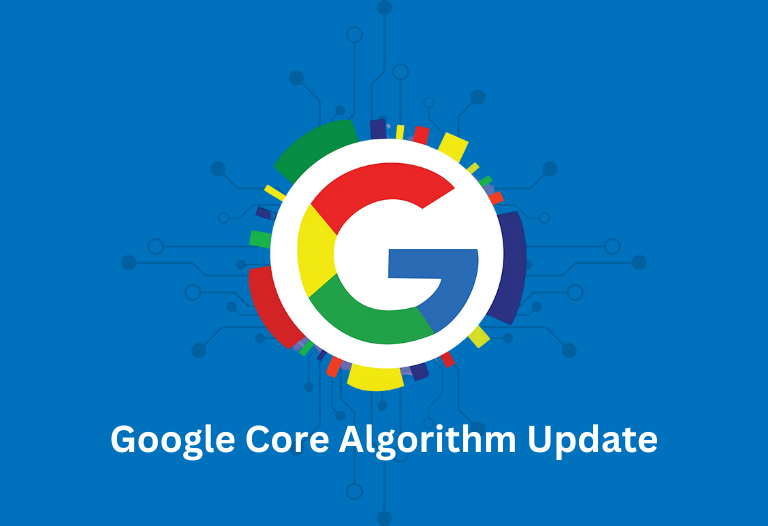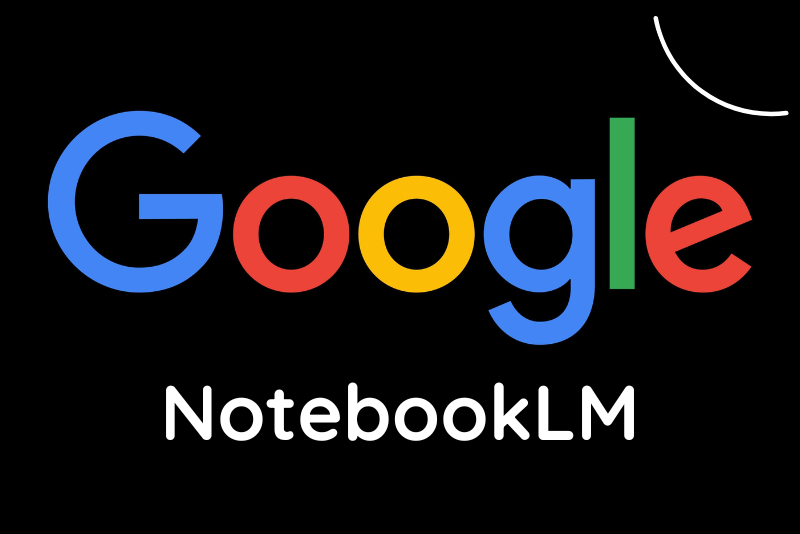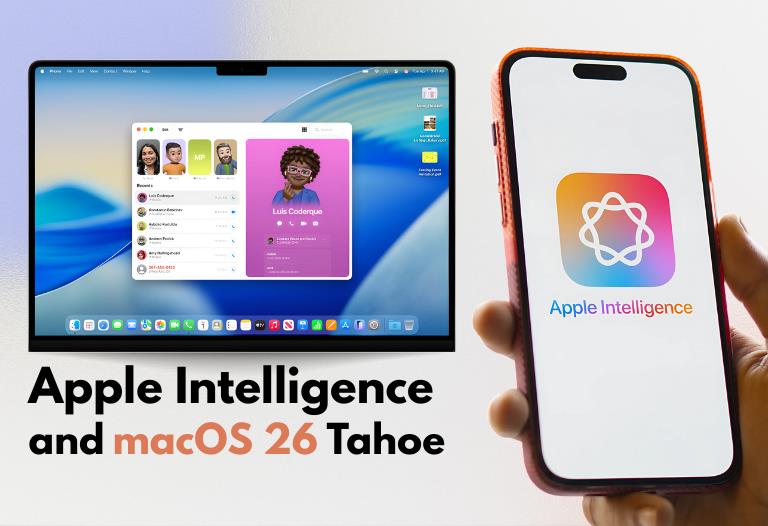
Google has achieved a groundbreaking milestone in quantum computing with the unveiling of its latest processor, Willow.
Quantum computing has long been poised to revolutionize industries such as healthcare, finance, and scientific research but has faced challenges like high error rates, scalability issues, and slow development timelines. Willow marks a pivotal step forward, potentially transforming quantum computing from theoretical promise into practical reality.
Why Quantum Computing Is Different
Quantum computing doesn’t just improve on classical computing—it introduces an entirely new paradigm. While classical systems rely on bits representing either a 1 or a 0, quantum computers use qubits, which can exist simultaneously in a superposition of both states. This allows quantum systems to process data at speeds unimaginable for classical machines. However, scaling qubits while maintaining stability has been a significant hurdle—until Willow.
Willow’s Breakthrough: Power and Precision
Google’s Willow processor has sparked excitement in the tech world with two major advancements: unparalleled computational power and a major leap in error correction.
In a recent demonstration, Willow performed a quantum calculation in under five minutes—a task that would take the most advanced classical supercomputer 10 septillion years to complete. For reference, a septillion is a 1 followed by 24 zeros, a number so vast it exceeds the universe’s age.
While such computational power is revolutionary, Willow’s achievement lies in tackling quantum computing’s central issue: error rates. Quantum systems are highly sensitive, and qubits interacting with external forces can destabilize calculations, introducing errors. Willow delivers an exponential reduction in error rates, even as qubit numbers scale up.
Hartmut Neven, Founder and Lead of Google Quantum AI highlighted the achievement: “We achieved an exponential reduction in the error rate… It’s the most convincing prototype for a scalable logical qubit built to date.”
The Strengths of Willow: Qubit Quality and Stability
Willow features 105 qubits, nearly doubling the capacity of its predecessor, the Sycamore processor, which debuted in 2019. However, Willow’s real strength lies in its qubit quality. Google has significantly enhanced the T1 time—the duration qubits can reliably store information—delivering 5x better retention than earlier models. This allows quantum computations to run longer and more accurately, solving one of the field’s persistent challenges.
Willow also introduces below-threshold error correction, where error rates decrease as qubits increase. This achievement validates Peter Shor’s 1995 quantum error correction theory and marks a substantial step toward fault-tolerant quantum computing.
Revisiting Quantum Supremacy
In 2019, Google claimed it achieved “quantum supremacy” when its Sycamore processor completed a task that classical supercomputers could not replicate. Critics dismissed the claim as lacking practical relevance. Willow changes the game. It showcases computational capabilities that could lead to real-world applications.
Using random circuit sampling (RCS)—a benchmarking method for quantum performance—Willow vastly outperformed classical supercomputers, emphasizing the widening gap between classical and quantum processing.
Physicist John Preskill praised the achievement: “Quantum processors are peeling away at a double exponential rate, and Willow shows that we are entering the era where classical computing cannot keep up.”
Potential Real-World Applications
While Willow is still a prototype, its advancements suggest that practical quantum computing could arrive sooner than expected. Google’s roadmap anticipates quantum applications within the next decade, but Willow’s performance may accelerate this timeline. Industries set to benefit include:
- Healthcare and Drug Development: Simulating molecular structures speeds up drug discovery and treatment development.
- Financial Systems: Optimizing investment strategies, improving risk analysis, and solving models beyond classical capabilities.
- Climate Science: Analyzing vast environmental data for precise climate predictions and devising effective solutions.
- Cybersecurity: Offering unbreakable quantum-secure encryption while addressing vulnerabilities in current methods.
- AI and Machine Learning: Accelerating training times for AI algorithms, enabling faster and more reliable insights.
Willow’s Development Process: Integrated Precision
Google’s Santa Barbara facility specializes in building integrated quantum systems, ensuring that components—from qubit gates to signal processors—function seamlessly together. Unlike competitors who focus solely on increasing qubit counts, Google prioritizes a balanced approach to scalability and reliability. Willow’s design underscores this commitment, positioning it as a frontrunner in the race toward scalable quantum systems.
What’s Next?
Google Quantum AI’s next milestone is to achieve beyond-classical computations that solve practical, real-world problems. Willow’s advancements suggest that industries may soon start experimenting with quantum-powered solutions, heralding a new era of computational possibilities.
A Transformative Era for Computing
Quantum computing remains one of humanity’s most ambitious technological pursuits, potentially addressing challenges such as curing diseases, predicting climate patterns, and securing global communications.
Google’s Willow processor is not just another step forward; it represents a transformative leap, pushing quantum computing closer to mainstream viability.
As Hartmut Neven aptly summarized: “Willow brings us closer to running practical, commercially relevant algorithms that can’t be replicated on conventional computers.”
With Willow, Google has laid the foundation for a future where quantum computing reshapes industries and societies alike. The quantum revolution has begun.




 December 19, 2024
December 19, 2024










